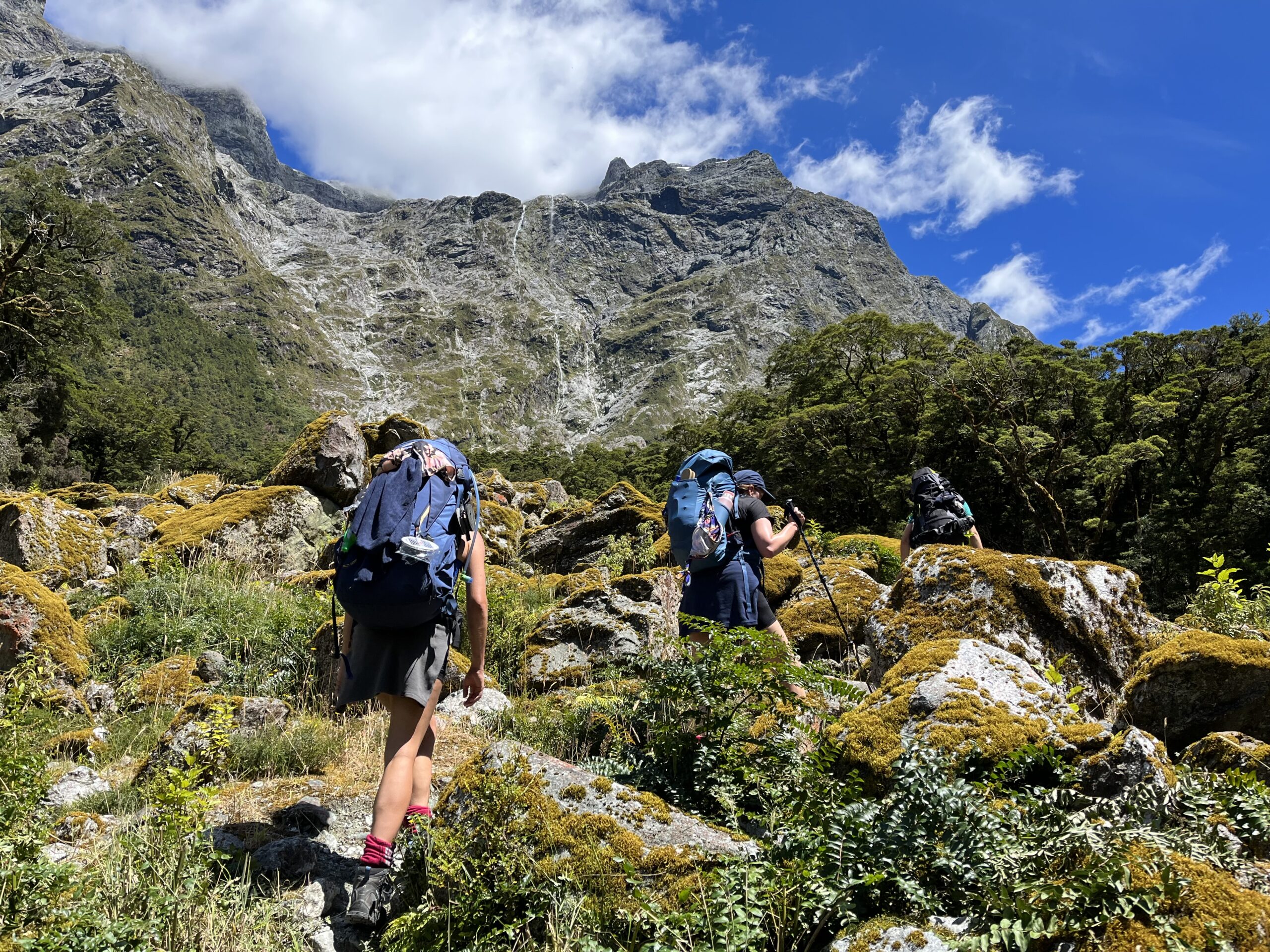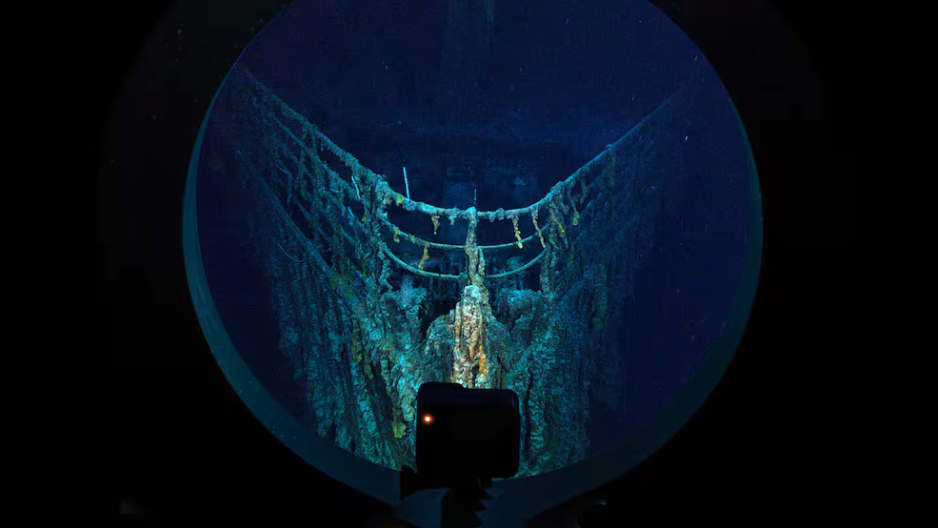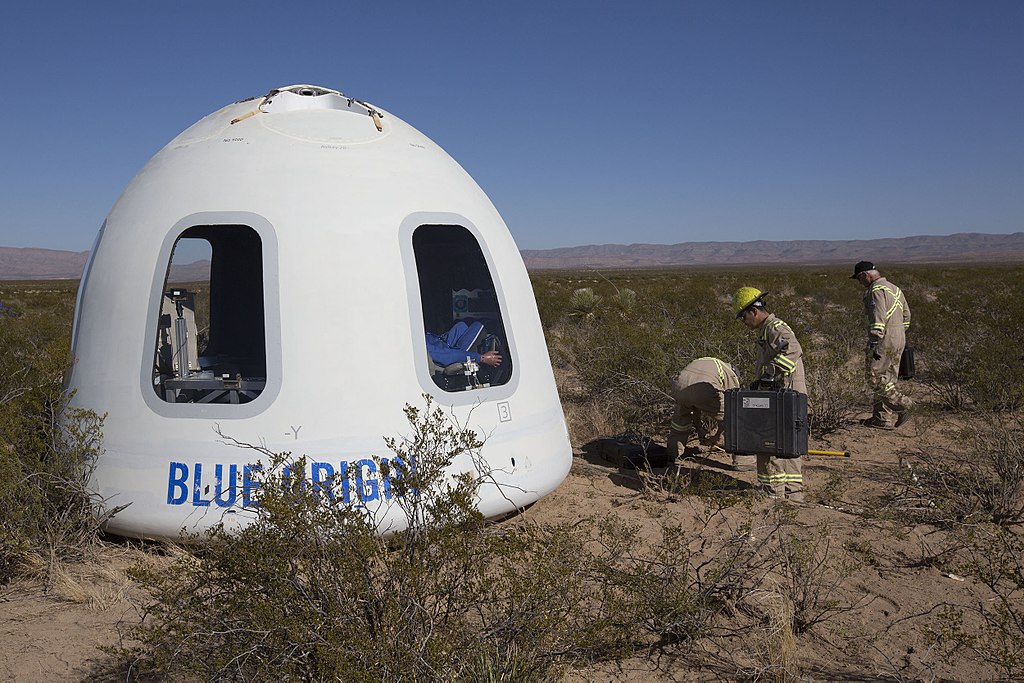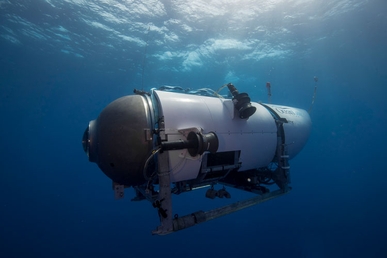With demand for New Zealand’s Great Walks growing, is it time to rethink how these coveted hiking spots are allocated?
New Zealand’s Great Walks are among the most breathtaking multi-day hikes on the planet, but securing a bunk on the Milford Track feels more like winning the lottery than planning a holiday.
With bookings opening on May 28, thousands of eager trampers will rush to the Department of Conservation’s (DoC) website at 9:30 AM, hoping to claim one of just 120 beds per night along the world-famous route from Te Anau to Milford Sound. And if past years are anything to go by, spots will disappear in minutes.
For many hikers, the current first-come, first-served system is frustrating, favoring those with fast internet, flexible schedules, and the ability to drop everything to battle server crashes. As interest in New Zealand walking holidayscontinues to grow, is there a fairer way to allocate places on the most in-demand trails?
The Problem With Booking New Zealand’s Most Popular Great Walk
The Milford Track, often dubbed “the world’s finest walk,” is the crown jewel of New Zealand’s Great Walks. But for many trampers, the booking process is an annual nightmare.
The original purpose of the Great Walks system, introduced in 1992, was to protect fragile landscapes from overtourism while making the trails accessible to more people. But back then, there were two million fewer Kiwis, and a Milford Track hut bed cost just $3—compared to today’s $92 per night.
Despite increasing demand, the number of available bunks hasn’t grown, meaning supply remains critically low. While DoC has expanded the network to 11 Great Walks with the addition of Hump Ridge Track, the issue remains: too many hikers, too few spaces.
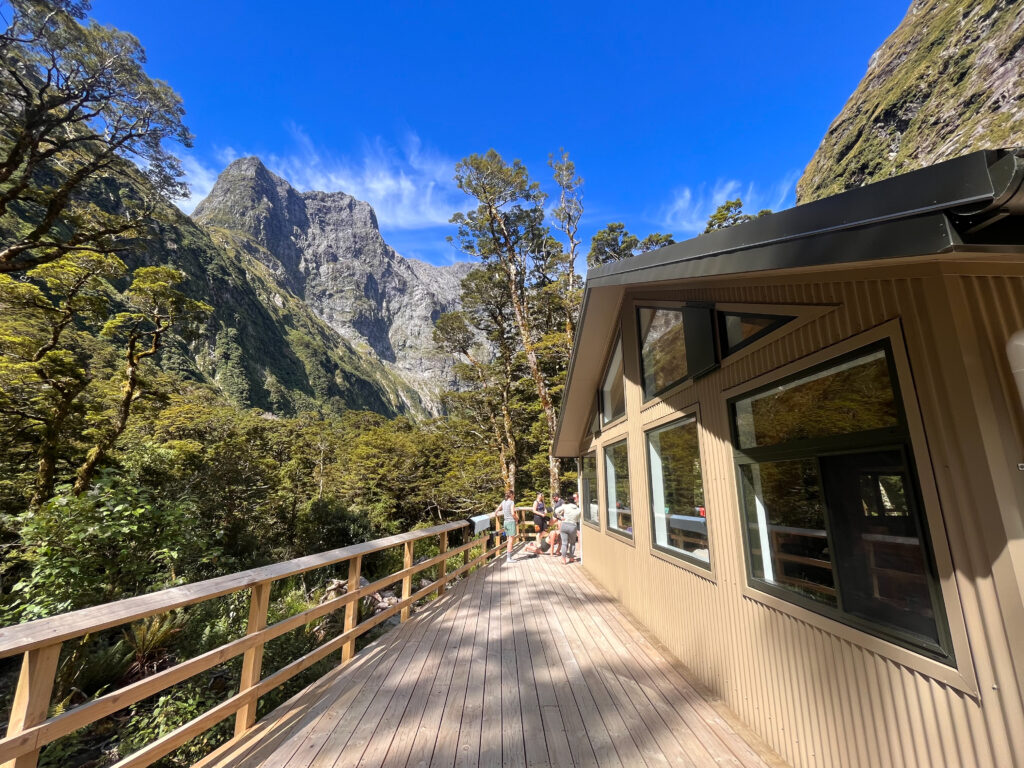
Is There a Better Way to Book the Milford Track?
Many world-famous hikes use alternative booking systems to make permits more equitable and accessible. Could New Zealand adopt one of these approaches?
1. Lottery System
In the U.S., high-demand trails like The Wave in Arizona use a lottery system to distribute permits. Hikers enter a draw, and a portion of spots are reserved for locals or last-minute entrants to ensure fair access. This removes the “fastest internet wins” problem while keeping opportunities open.
2. Guide-Only Access
Some trails, like Peru’s Inca Trail, only allow entry with a licensed guide, helping manage visitor numbers while supporting local tourism jobs. While this might not suit New Zealand’s independent tramping culture, it could work for select tracks.
3. Local vs. International Pricing Tiers
New Zealand already charges international visitors more for Great Walks huts—a system similar to Bhutan’s US$200 per day tourist tax on its Trans Bhutan Trail. But even with higher fees, Milford Track bunks still book out in minutes.
4. More Great Walks = Less Pressure
Expanding the Great Walks network could help spread demand. While DoC has slowly added new tracks, there are plenty of other routes—like the Kahurangi National Park’s Dragons Teeth Circuit—that could be upgraded to Great Walk status.
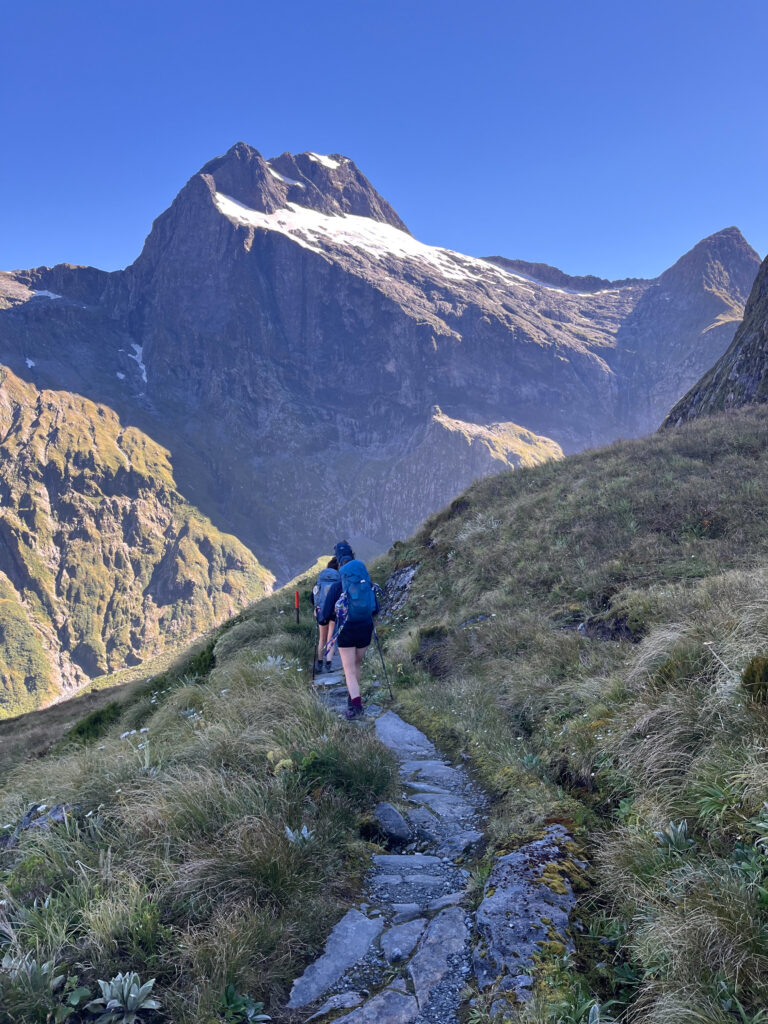
How to Improve Your Chances of Booking a Milford Track Spot
Until DoC changes the system, hikers can improve their odds with these strategies:
✅ Tramping Club Tactic – Gather a group and have multiple people trying to book at once with everyone’s details ready to go.
✅ Second Attempt Strategy – If a track looks full, check again 30 minutes later. Unpaid reservations are released back into the system.
✅ Alternative Great Walks – If you miss out on the Milford Track, consider other Great Walks in New Zealand—the Routeburn Track and Kepler Track offer stunning scenery with less booking chaos.
Key Great Walk Booking Dates for 2025-2026
Milford Track bookings open: May 28, 9:30 AM NZST
Other key dates for Great Walks bookings:
- May 15 – Heaphy Track, Kepler Track, Rakiura Track, Hump Ridge Track
- May 22 – Whanganui Journey, Routeburn Track, Tongariro Northern Circuit
- May 27 – Lake Waikaremoana, Abel Tasman Coast Track, Paparoa Track
The Future of Great Walks in New Zealand
With demand for New Zealand walking holidays soaring, it’s time to rethink how Great Walks bookings are managed. Whether it’s a lottery system, increased local access, or more tracks, one thing is clear—the current system isn’t keeping up with demand.
For now, hopeful hikers will have to set their alarms for 9:30 AM on May 28—and hope their Wi-Fi connection is fast enough to score a spot on the Milford Track.

